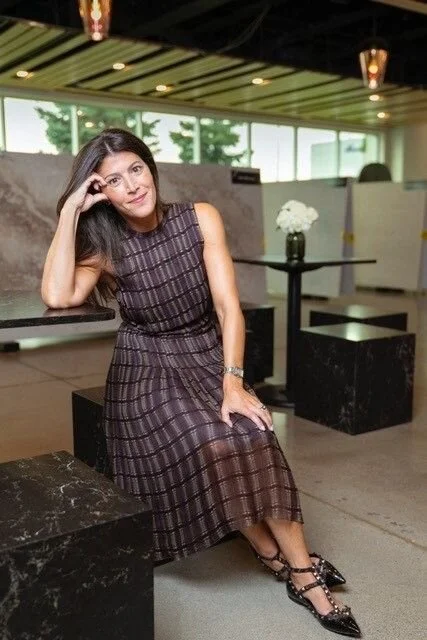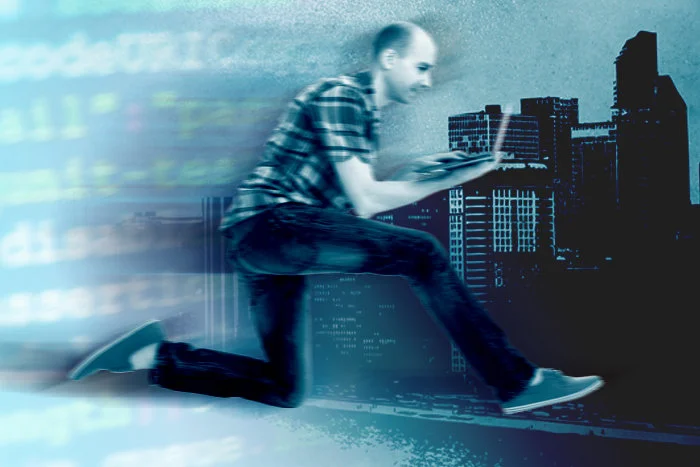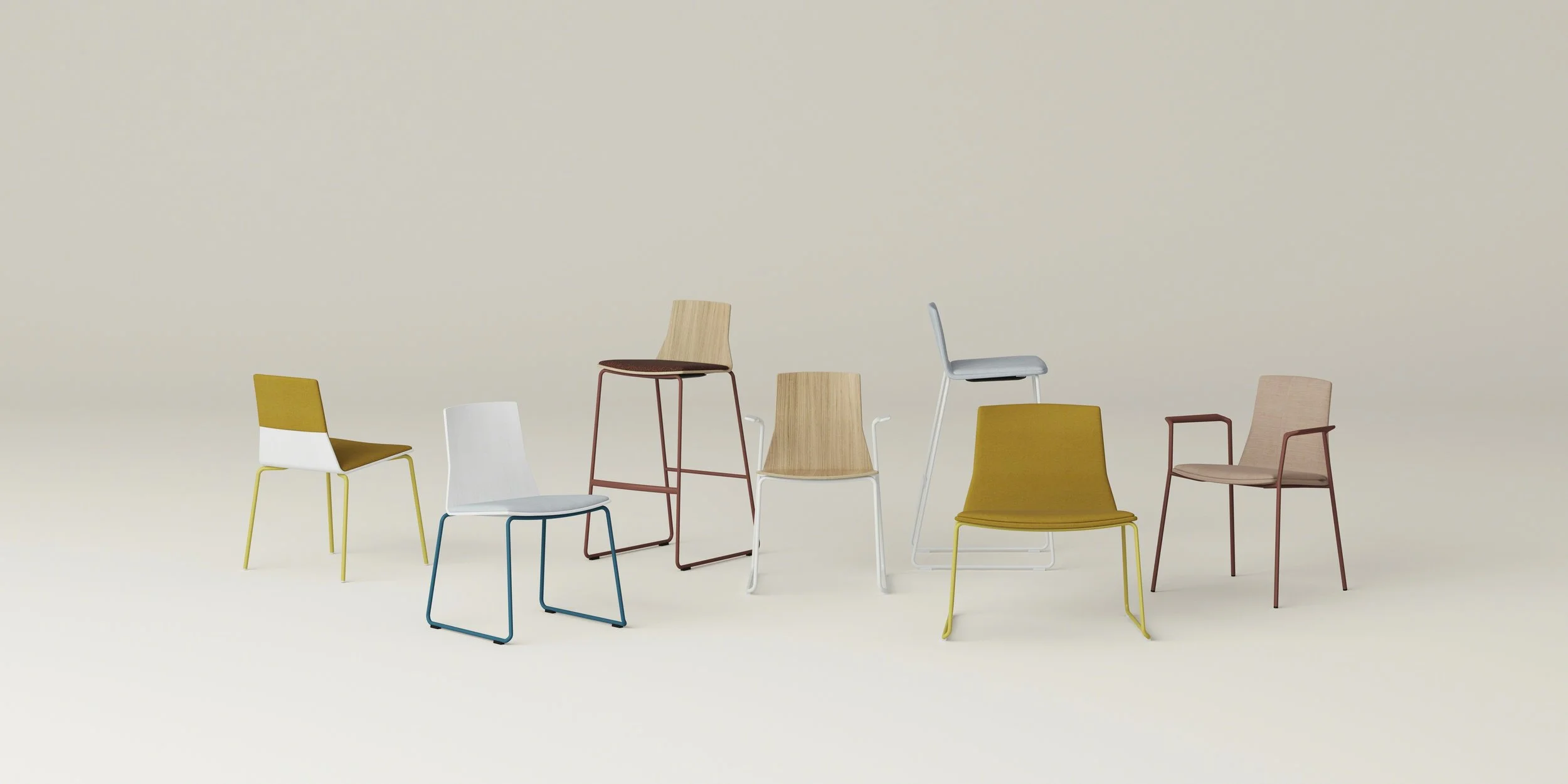The ‘new kids’ in the workplace differ from previous generations and present major implications for workplace design.
Watch: DEMOGRAPHIC CHANGE IN THE WORKPLACE - CHINA
How is the workplace changing in China? We explore the working habits of a multigenerational workforce, the impact of technology and recent design trends to help understand China’s developing work environments.
Suburban Offices Are Cool Again
Psychology in the workplace
Workplace strategists and designers are applying lessons from psychology to create spaces that can be enjoyed by all personality types.
Office ping pong tables a waste of money as solution to low productivity
Employers must listen, understand what their workforce wants, and crucially, act on this feedback. It’s never been easier to find new job opportunities and if organisations don’t provide positive workforce experiences, their staff will go elsewhere.
Welcoming Our New Robot Overlords
How to Create Quiet Spaces in the Workplace
Many of today’s offices are open, opting for unassigned seating options instead of private offices. Open workplaces are proven to promote collaboration and impromptu interactions needed for effective work and team dynamics; however, people still need quiet spaces away from distractions and disruptions in order to concentrate.
Office builders are thinking about Mars when they design new projects
A happy and healthy workplace is a productive workplace, according to engineers, architects and scientists who are using academic research to build better office spaces.
Now is the time to bring humanity back to the workplace
With a renewed focus on how our working environment can affect our health, the time has come to rethink the workplace with humans at its heart.
Building a culture of creativity that unites the physical and digital workplaces
Until now, space and technology have been planned and developed by completely different teams with contrasting objectives. But this approach has often led to a disconnect in how the two interact, and the behaviour they stimulate amongst employees. Instead, organisations need to nurture a balanced ecosystem, involving technology that is both mobile and integrated into the physical environment, as well as spaces designed for individual “me” work and “we” group work.
White Paper: Measure What Matters Six shi s in the way workplaces are being planned for people
Over the past few decades, the old adage has gained relevance in the realms of corporate real estate, as organizations striving for a better return on investment paid increasing attention to the metrics of asset management.
11 Questions to Ask Yourself Before Designing or Redesigning Your Workplace
This list sums up all the often-overlooked questions that are important to ask in order to effectively design an office whether you are ready to start a business, moving location or redesigning your existing workspace.
The digital workplace: 8 steps to greater agility, productivity
What is the digital workplace? It is a business strategy aimed at boosting employee engagement and agility through consumerization of the work environment.
Future office and changing business of work debated at Workplace Trends
Those working within the built environment are already in the change business, was the view of Neil Usher in his presentation at the Workplace Trends Conference which was held in London this week. This was apt, as the changing business of work’ was the theme of the conference. It’s a pretty common topic these days of course but a strong line up of speakers ensured some interesting discussions; which included the rise of the gig economy, the variety of ways people from different cultures perceive workplace design and predictions on the workplaces of the future. On the current design and fit out of the office, Usher was clear; that creating a fantastic workplace is independent of culture, location, the work style you want to create and the sector in which you’re working. His other mantra was that you can still work in an awful workplace with great technology, but not the other way around, which is why there is no excuse for not getting your technology right.
On this point came a pertinent question posed by Paul Miller, CEO and Founder of the Digital Workplace Group (DWG) and co-author of The Digital Renaissance of Work: Delivering digital workplaces fit for the future: “Would CEO’s and business leaders who admit they are digitally illiterate sustain a business career if they were similarly unable to read?’ How effective can they be, he asked, if they don’t understand the fundamental impact new technology is making on the workplace?
Create with Custom Color
We live in a culture of customization. We crave the unique and desire the opportunity to create something just for us.
This is especially evident in today’s workplaces, where clients work closely with architects and designers to create a space that is tailored to the organization, its culture, customers and mission.
How workation retreats are blending work and relaxation
Settling in with a laptop beneath a shady tree, connecting with colleagues around a fire pit, or sampling a local craft beer at the bar…this is work, but not in the traditional sense.
Office Design Tips to Attract and Retain Talent
Work should never be a chore, which is why to keep your staff engaged, you need to set up your workplace as a destination that they want to work from, not somewhere that they have to be.
How Small Workplace Changes Can Make a Big Impact on Your Employees' Productivity
The Language of Space
Given the expressive potential of buildings and our human tendency to associate ideas and feelings with the settings we encounter and inhabit, designers must consider what combination of volumes and planes, colors and textures, will elicit the desired response.
Workplace Design and Conditions Affect Worker Performance
Companies with good environmental conditions in the workplace and flexible working are more productive, innovative and profitable.
























